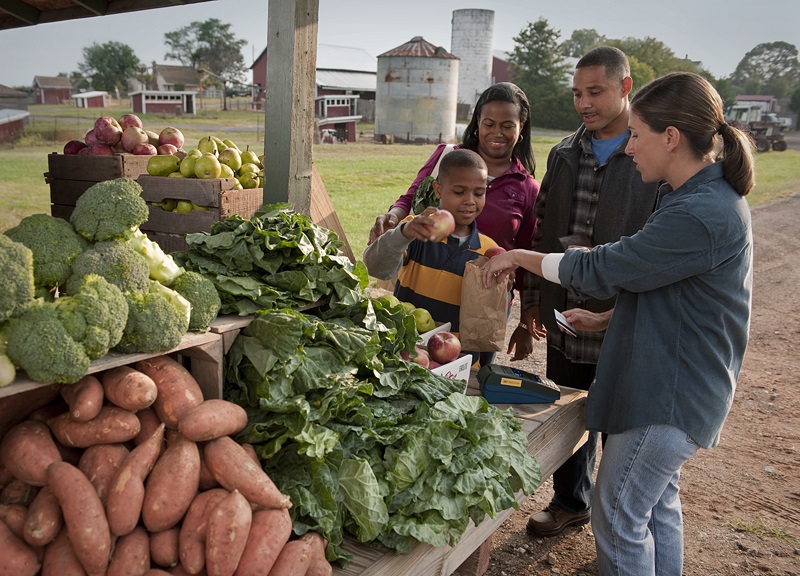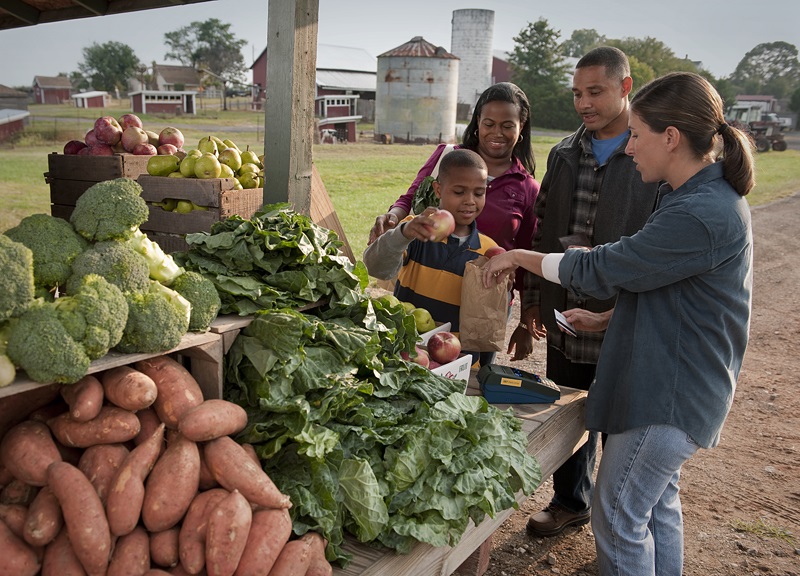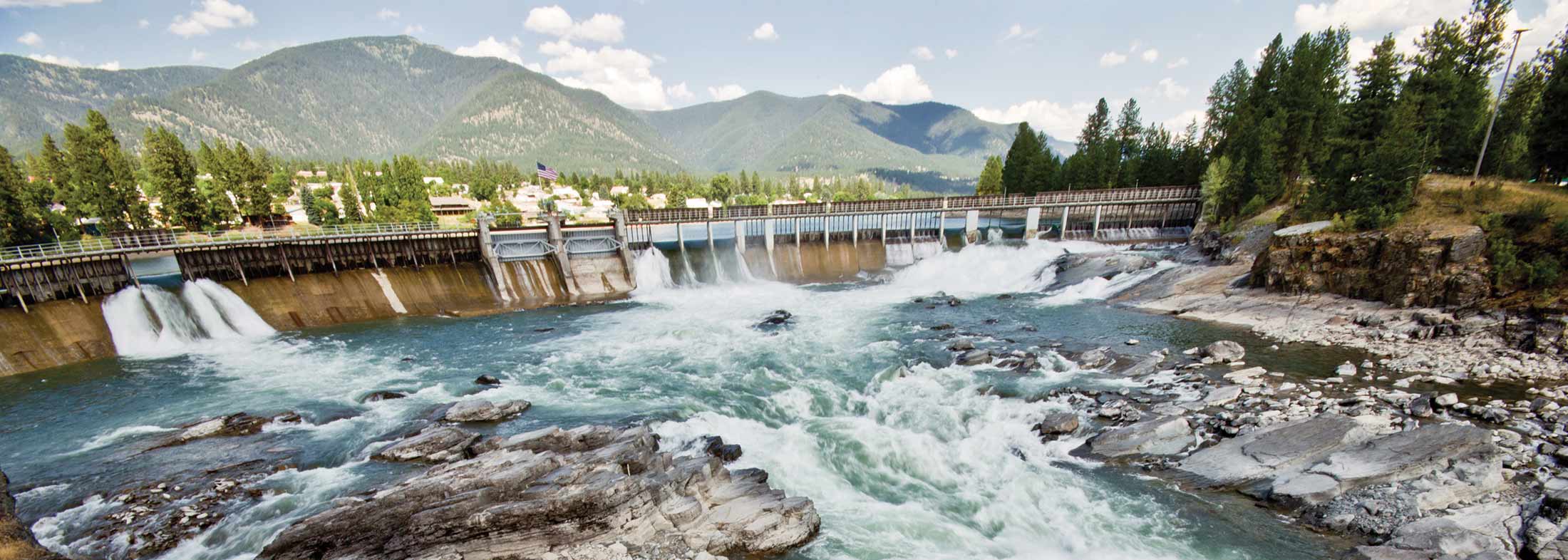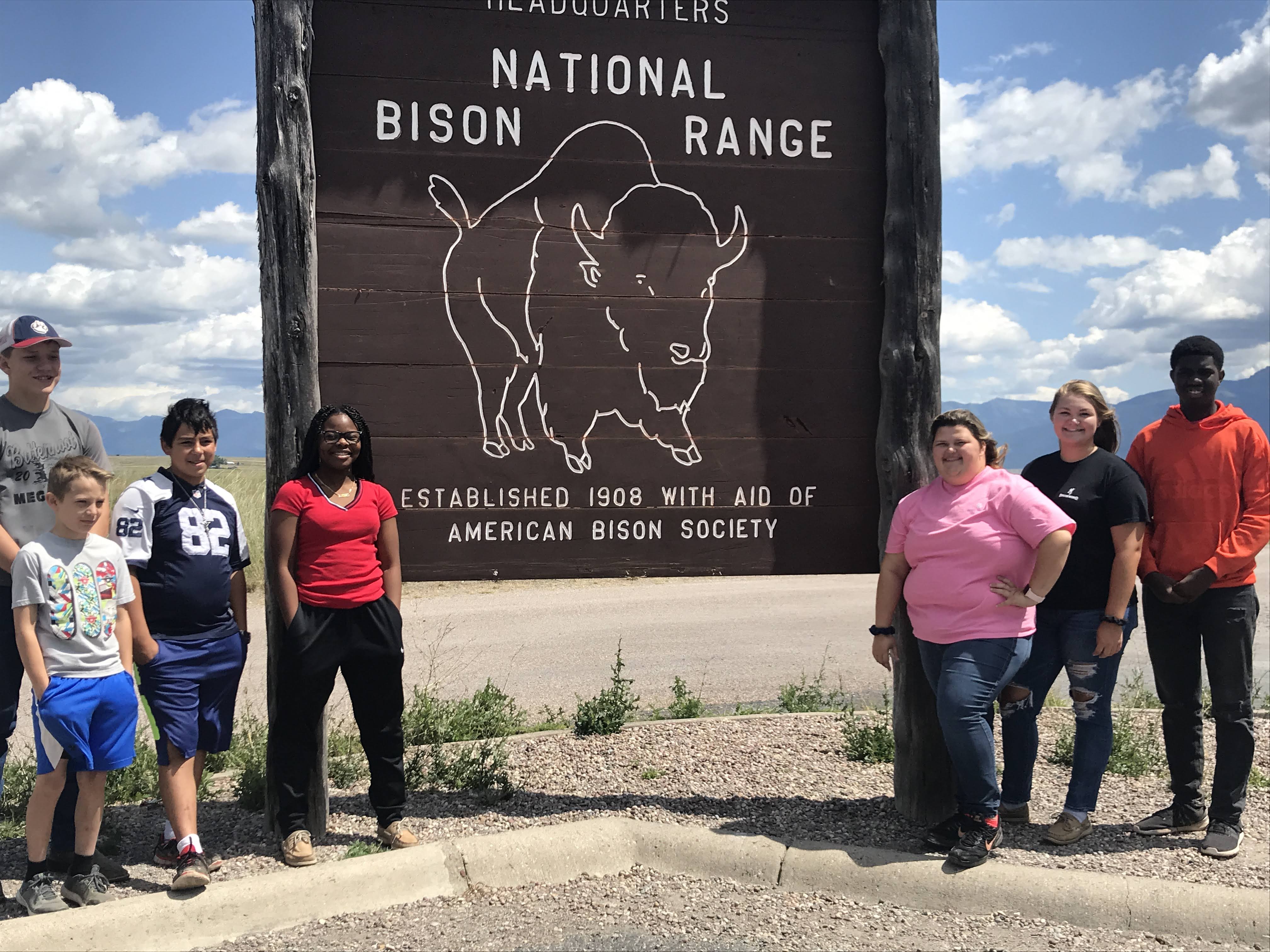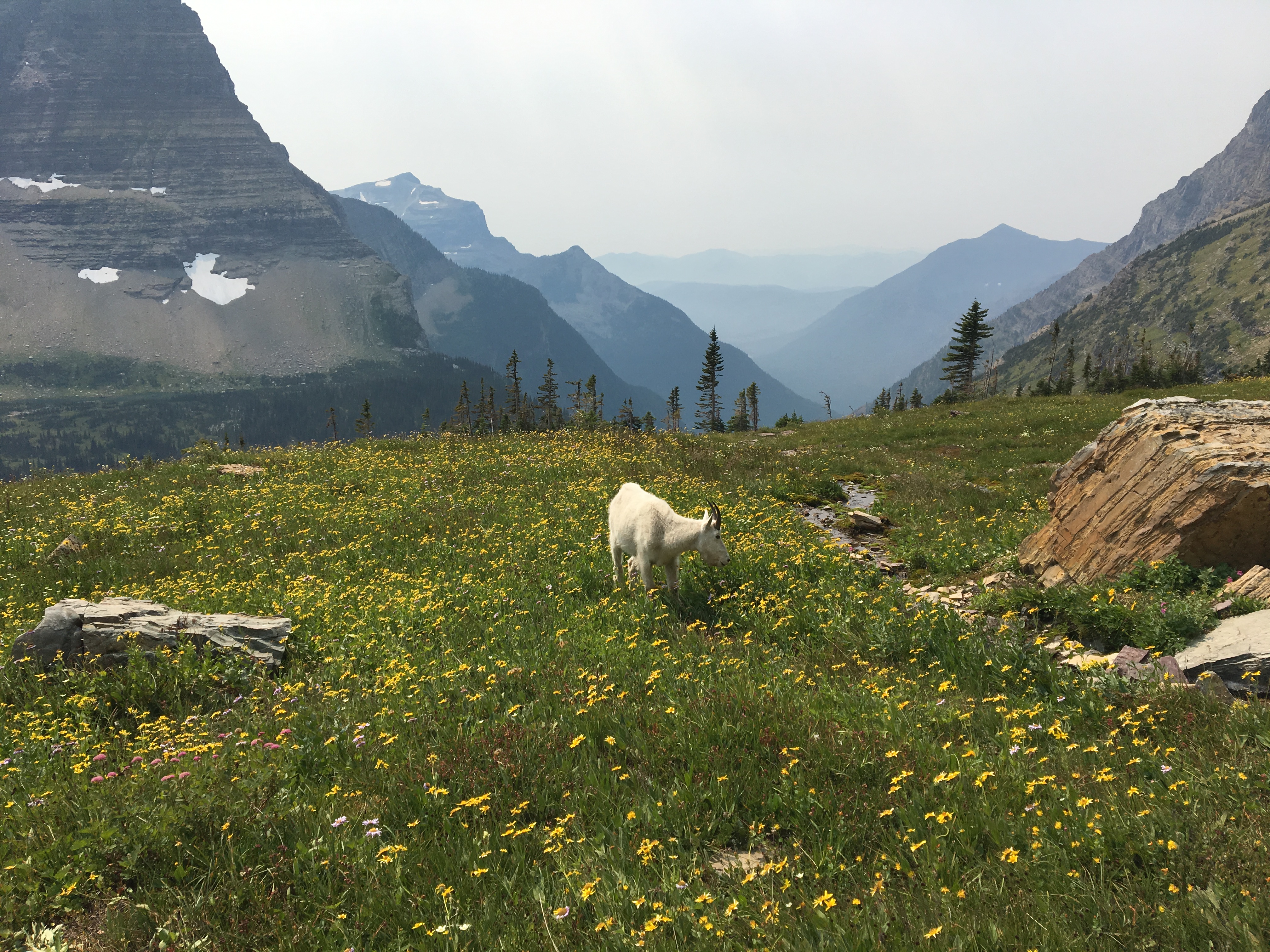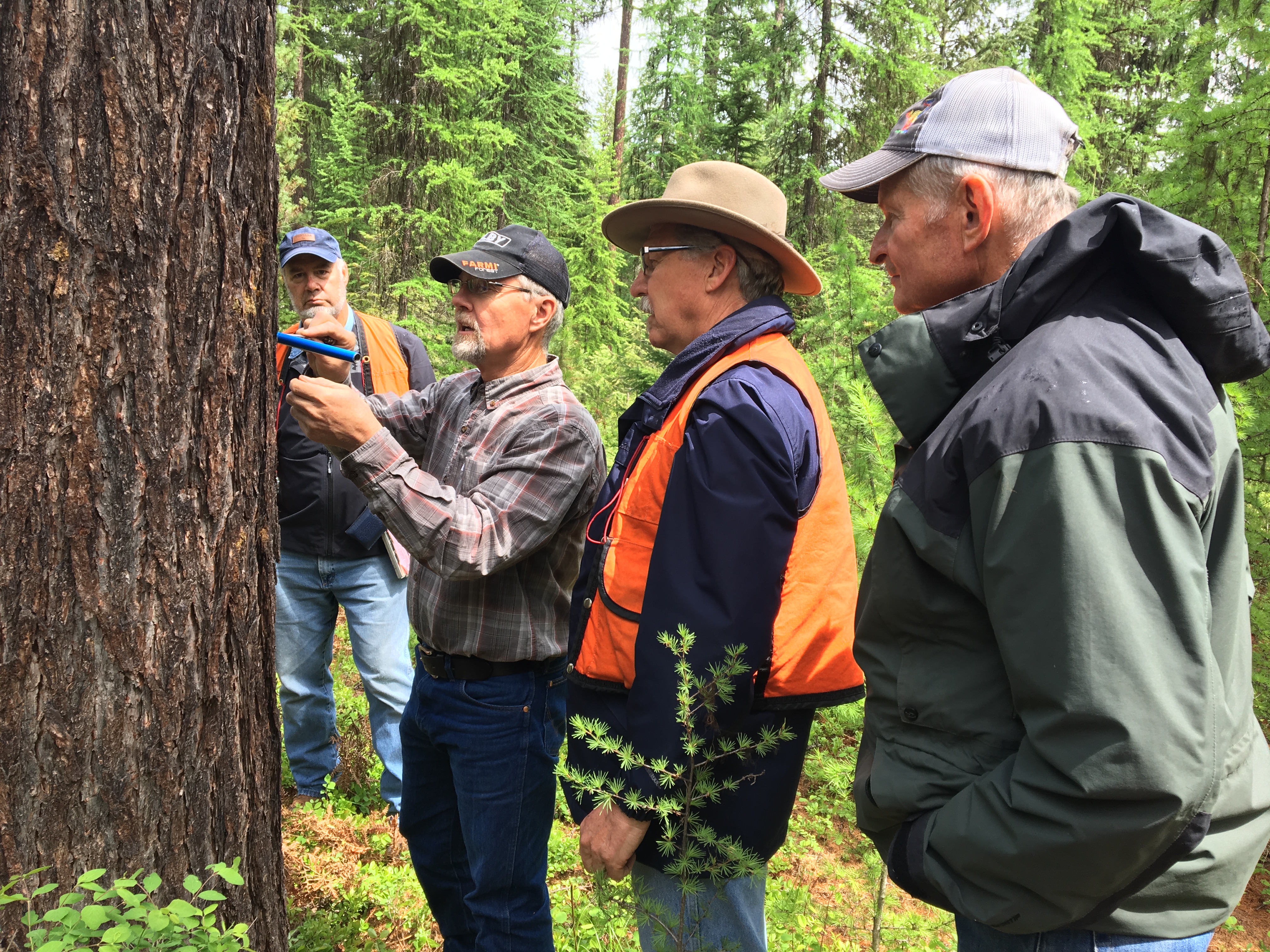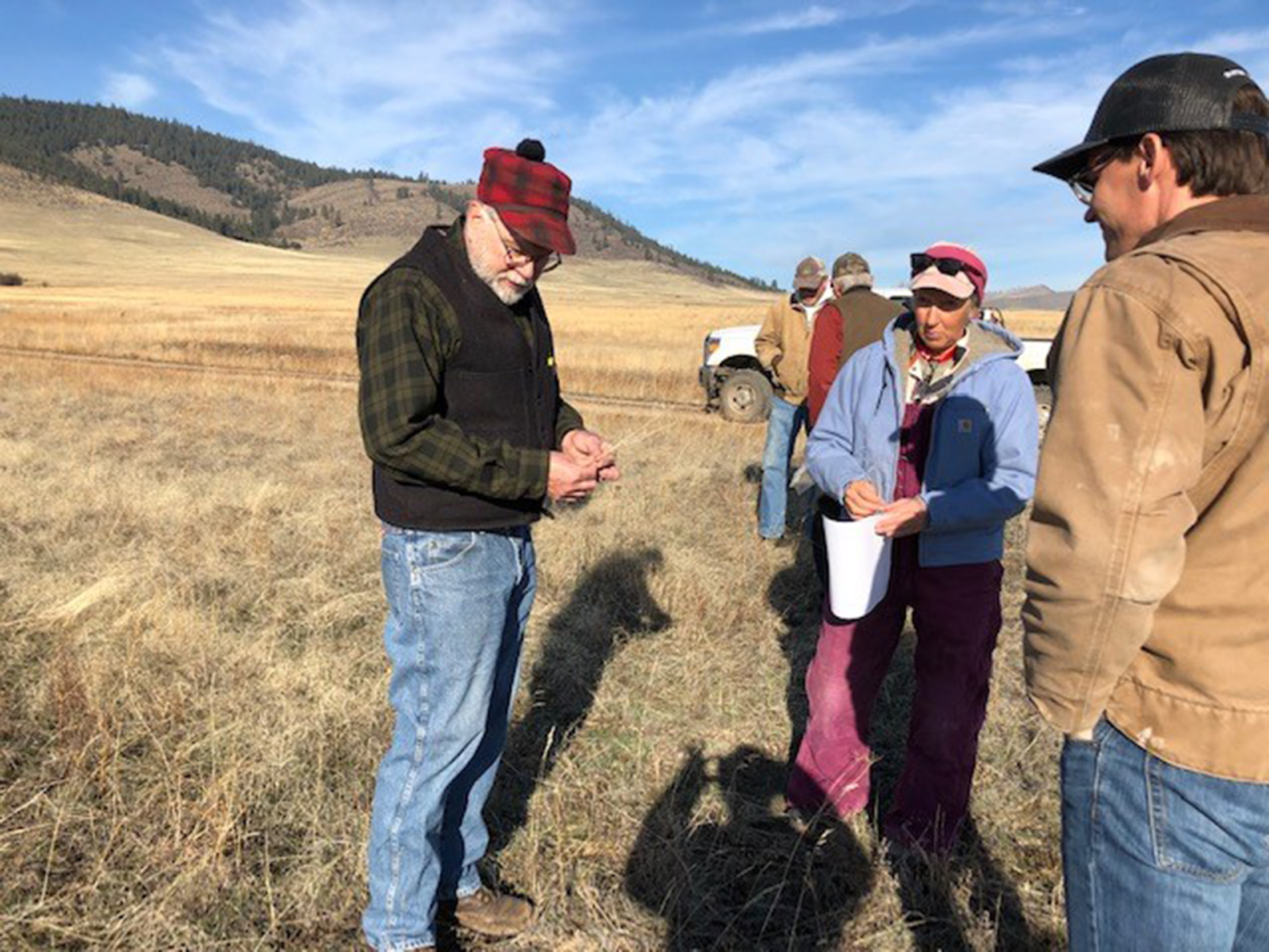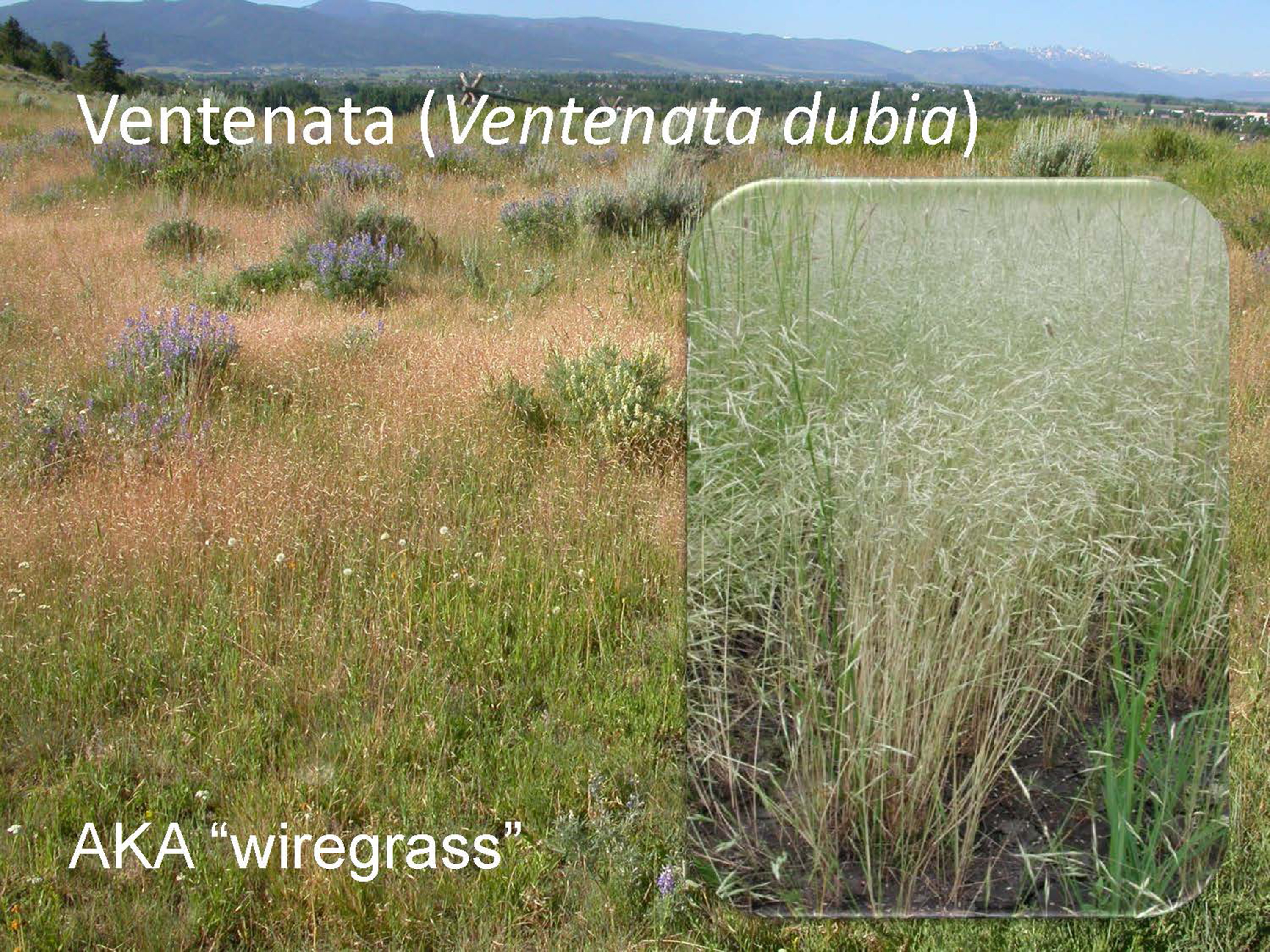
Sanders County
SNAP-Ed Supports Families with Their Nutrition Goals
Published: 2019By Jeanette Allday
Supplemental Nutrition Assistance Program-Education (SNAP-Ed) offers classes teaching the importance of good nutrition, physical activity, food resource management and food safety. Classes are free of change and available to SNAP eligible adults and elementary students in first, third and fifth grades. This year, 140 SNAP-Ed classes were conducted, reaching 280 adults and children. Classes were taught in partnership with a variety of organizations including Child Start, Sanders County Coalition for Families and WIC as well as in 5 school districts. Multiple local agencies have expressed interest in partnering with SNAP-Ed to host and promote the free classes for the clients they serve in the upcoming year. In addition to holding classes, SNAP-Ed works within the community to develop changes that make the healthy choice the easy choice for community members. To this end, SNAP-Ed is partnering with local schools that participate in Montana's Harvest of the Month Program working to introduce school children to healthy, locally-grown food options. As well, SNAP-Ed assists local farmer's markets to navigate the process of accepting SNAP dollars and participate in Montana's Double Bucks program.
A Meal Plan that Works
Published: 2019By Jeanette Allday
With the diagnosis of Type II Diabetes and Prediabetes on the rise, community members are eager for information to help them control and manage this potentially deadly disease. In the fall of 2019, Sanders County Extension in partnership with Clark Fork Valley Hospital provided a 4 week Dining with Diabetes series. The goal of this series was to help participants who have Diabetes, Prediabetes or are caretakers for someone with Diabetes to learn strategies to manage their Diabetes through meal planning, carb counting, portion control and label reading. A collaboration among Extension Agents, Registered Dietitians and Diabetes Educators resulted in an in-depth series where participants learned skills to help control their Diabetes and plan appropriate, nutritious meals. Each week, participants were able to prepare meals in class, sampling a variety of foods and leaving with recipes tailored to a Diabetic lifestyle. As well, a reunion lesson held 2 months after the conclusion of the series allowed students to reacquaint and share the positive diet and lifestyle changes they have implemented since taking the course. Due to the popularity of the course and the health benefits participants have reported, Sanders County Extension plans to continue offering the series several times per year.
Welcome to Sanders County
Published: 2019By Juli Thurston
MSU Extension in Sanders County is a three-way partnership between Sanders County, Montana State University and the United States Department of Agriculture. This partnership provides educational programs in the areas of Agriculture/Natural Resources, 4-H Youth Development, Community Development, and Family and Consumer Sciences. Sanders County is located in Northwestern Montana. It is bordered on the west by Idaho’s Panhandle and is Montana’s 18th most populous county with a population of about 11,336 (2015 estimate). The county was established in 1905 and named after Wilbur Fisk Sanders, pioneer and U.S. Senator from Montana. Sanders County encompasses 2,790 square miles and just over 1.7 million acres. There is a diverse mix of agricultural land, small acreage subdivisions, rural communities and range or forested land. The economy of Sanders County is specialized in agriculture, forestry, fishing, hunting, mining, quarrying, oil, gas extraction, and construction, which employ more people than what would be expected in a location of this size. The largest industries in Sanders County are healthcare & social assistance, construction, and retail trade. Sanders County includes the city of Thompson Falls as the county seat, Plains, and the town of Hot Springs. The Clark Fork River, a tributary of the Columbia, runs the length of the valley in Sanders County. The county also encompasses the Cabinet Mountain Wilderness and two National Forests. MSU Extension provides a unique set of services and educational resources to meet the diverse and changing needs of local clientele. Sanders County MSU Extension is supported by Commissioners Carol Brooker, Anthony Cox, and Glen Magera.
Florida 4-Hers Visit Sanders County
Published: 2019By Juli Thurston
In July 2019, Sanders County hosted their second 4-H interstate exchange with 4 youth and 2 adults from Duval County, FL (the city of Jacksonville). An interstate exchange program is an exciting opportunity for youth and adults to experience the geography, culture and heritage of a local community of 4-H youth and leaders with a common 4-H identity yet potentially different perspectives. Participants learn how states are similar but also how they are different, such as weather conditions, geography, local industry, and history of each state. For example, some states are better suited than others for agriculture and produce a large part of our nation’s food. Other sates boast beautiful beaches and provide places for recreation. For one week, youth learned about the Sanders County 4-H Program and the livelihoods of citizens throughout the county. Youth were guided through Ross Creek Cedars, drank huckleberry shakes in Trout Creek, visited the PPL Island Park, Fish Ladder, High Bridge, Old Jail Museum and went swimming and fishing at the Thompson Falls State Park. They visited the National Bison Range, Glacier National Park, ate pizza at Ripples in Plains, and rafted down the Clark Fork River. Local 4-H Ambassadors presented the ins and outs of the 4-H program in Sanders County. Youth were surprised at the many differences in programs between the states such as, MT 4-H has a market project carcass evaluation. Families learned to be a host, and created new and lasting friendships. Youth from Sanders County will be fundraising to travel to Duval County, FL in July of 2020.
Your Forest Needs You. Forest Stewardship Program offered in Trout Creek.
Published: 2019By Juli Thurston
Montana forests are valued for wildlife, fisheries, livestock grazing, watershed protection, recreation, and wood products. Nearly two-thirds of Montana’s 23 million acres of forest land is publicly owned, mostly by Federal Government agencies. The next largest ownership is Non-Industrial Private Forest (NIPF) landowners. These 50,000+ individuals control over twice the acreage of the forest products industry. NIPF owners and their 3.8 million acres are the focus of the Forest Stewardship Program. Sanders County forest landowners of five acres or more total 1,770 that include in-state and out-of-state residents owning 93,438 acres. The Forest Stewardship Program is coordinated by the MSU Extension Forestry division and supported in part by Sanders County Commission. MSU Extension Forestry operates from the premise that there is a lot landowners can do for themselves if given the know-how. The goal of the program is to help develop a lifelong relationship between a landowner and their property. The program teaches people to observe, measure, gather and classify data. Participants can then assess the trade-offs and consequences of their management activities and make informed decisions. The key is empowering forest landowners with personal knowledge of their property and the basic principles of forestry and environmental management through taking an inventory of their property, setting land user goals and priorities, analyzing resource trade-offs and understanding environmental consequences of stewardship decision as well as completing their own stewardship plan with the motivation to implement stewardship principles. Classes are taught by a team of natural resource professionals throughout Montana with a wide range of expertise. Some specific workshop topics include forest ecology, how to manage fire risk, wildlife habitat enhancement, how to assess and maintain forest health, range/understory vegetation management, how to protect and enhance water quality, but most important where to go for help and resources when needed. Actively managed forests can provide forest health and vigor, stream and wetland protection, natural resource based recreational opportunities, livestock grazing, sustainable wood supply, and income. The Trout Creek workshop held in May of 2019 had 25 participants with a cumulative 3,125 acres. One participant, Melinda said “the forest stewardship workshop provided me with the knowledge and support to be a good steward of my property. The cost share programs and connections I estimate to provide my family a much anticipated income in 2020!”
Assisting Landowners with the War on Ventenata
Published: 2019By Juli Thurston
With the vast weed infestations and difficulty in controlling populations, much time is spent by the local Agriculture Extension Agent to assist landowners and producers in managing their plant communities on their property. Advice is provided on weed identification, management and integrated control methods in pastures, hay fields, range, garden and yards. In addition, the Agent coordinates the county pesticide education program under the umbrella of Montana State University Extension and Montana Department of Agriculture. This education program promotes the proper use of pesticides to protect public health and the environment. This includes providing educational resources regarding pesticide use, pest management, reading the label, pesticide law, health, safety, and the environment. Programs support all applicators, businesses and homeowners by combining educational resources and knowledge from scientists, governmental agencies and the public. This year landowners were increasingly identifying ventenata infesting their hay fields and ranges. An educational workshop was offered in August with field tours following in November. Landowners can benefit greatly from implementing weed control practices, such as enhanced property value, improving wildlife habitat, providing increased forage for horses and other livestock, and increase profits through higher yields.


